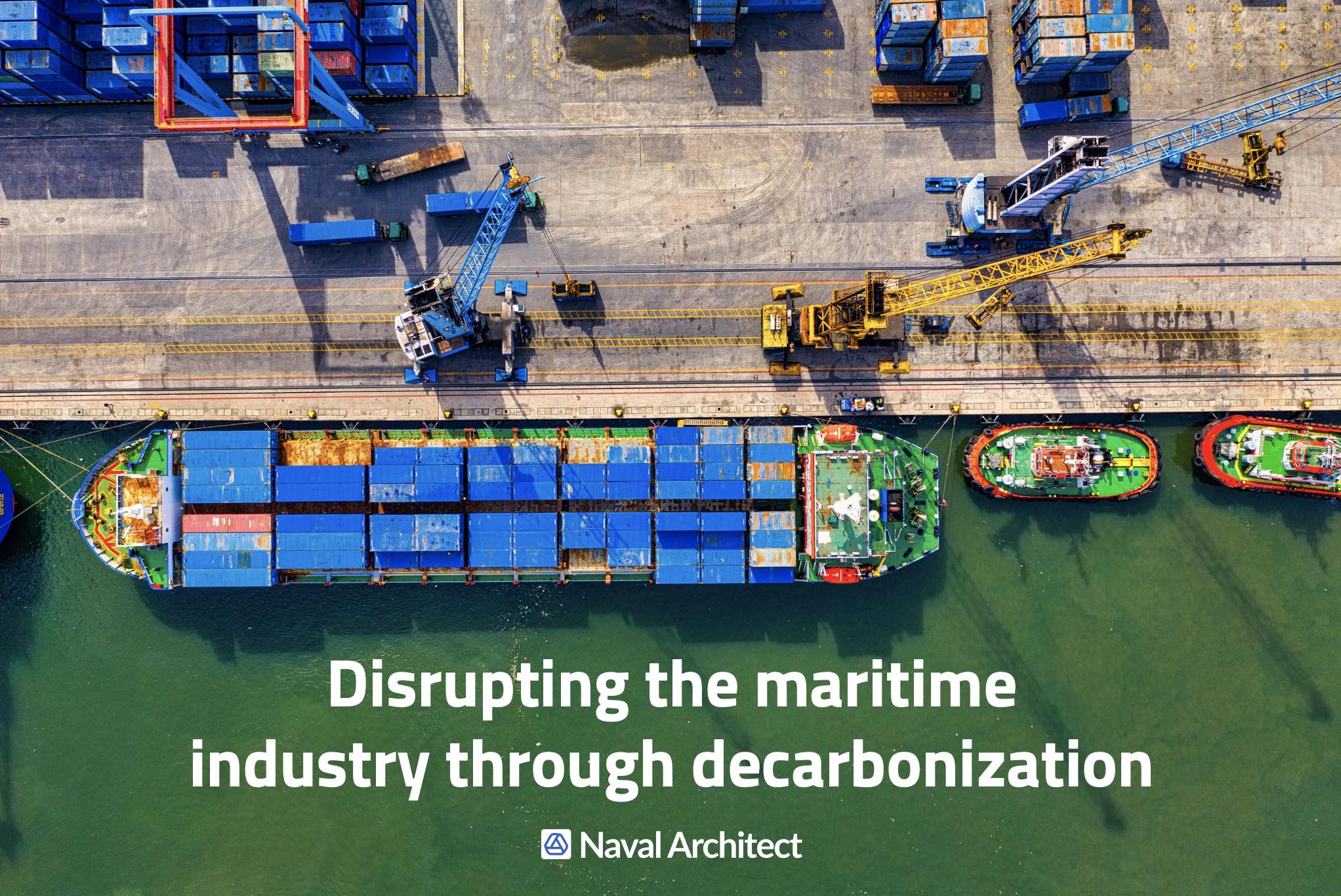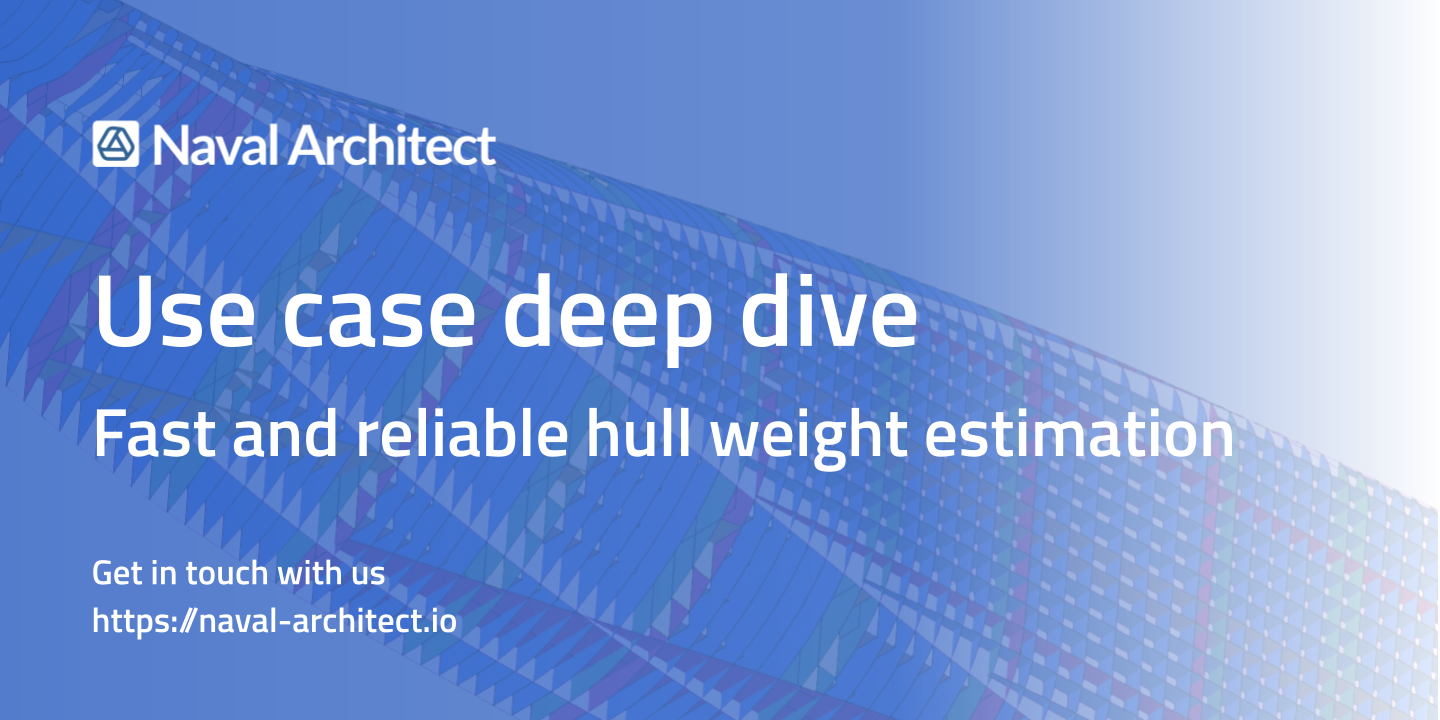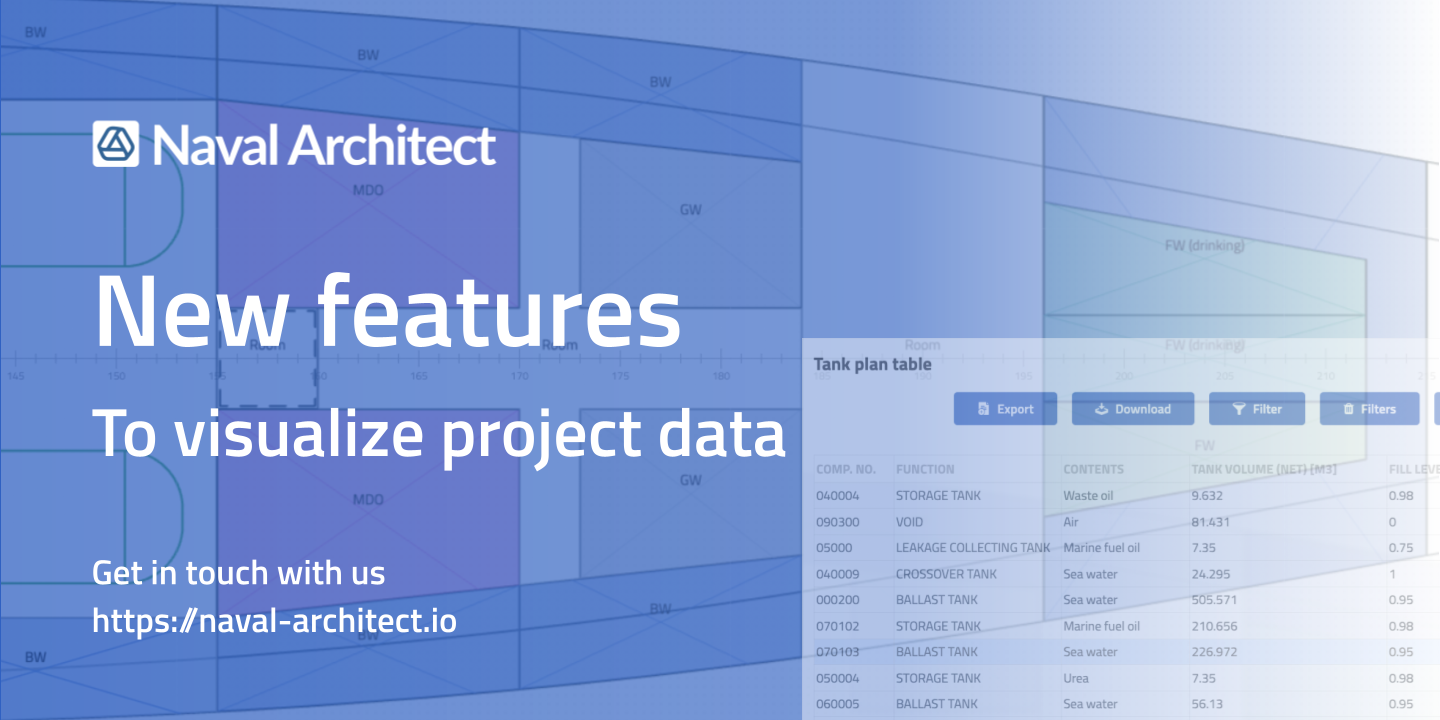Heating, Ventilation, and Air Conditioning (HVAC) are one of the most complex and widespread, yet…

Disrupting the Maritime Industry through Decarbonization and Sustainability
changing maritime landscape through Decarbonization & Sustainability
The main way for international trade is maritime shipping, with around 90% of traded goods being carried by ships today. It has become the go-to solution to transport high volumes of goods over long distances. Maritime shipping has become one of the most cost-effective ways of transporting cargo. No matter if it’s for food, cars, machinery, equipment or oil and gas. However, the shipping industry also is a large and growing source of Greenhouse Gas (GHG) emissions. According to the European Commission, global shipping emissions already were responsible for around 2.9% of global emissions caused by human activities. The International Maritime Organization (IMO) Initial Strategy on the reduction of GHG emissions from shipping set a target to cut annual GHG emissions from international shipping by at least half by 2050, compared with their level in 2008. The strategy also sets the goal to phase out GHG emissions from shipping entirely in this century.
solutions required to reduce ghg emissions
According to an article by Oceana, ships emit various global warming pollutants in addition to CO2, e.g. including black carbon (BC), nitrogen oxides (NOx) and nitrous oxide (N2O). These pollutants all contribute to global climate change in two ways: either directly, by acting as agents that trap heat in the atmosphere. Or indirectly by aiding in the creation of additional greenhouse gases. In the fourth IMO GHG Study published in 2020, maritime ship emissions are projected to increase from about 90% of 2008 emissions in 2018 to up to 130% of 2008 emissions by 2050. It is therefore urgent to find sustainable solutions to achieve the 2050 target. The IMO has adopted mandatory measures to reduce GHG emissions from international shipping under IMO’s pollution prevention treaty (MARPOL) as mentioned in the initial IMO GHG Strategy:
- the Energy Efficiency Design Index (EEDI) mandatory for new ships
- and the Ship Energy Efficiency Management Plan (SEEMP).
Other possible ways to reduce GHG emissions include:
- alternative fuels that generate less harmful emissions
- improving the ship operation efficiency
- making technical refinements/upgrades on the ship and its components
The disruption in the maritime industry is already happening and will be even more evident in the coming years. This change will steadily increase the demand for new builds, retrofits and climate friendly technologies to build the green ship of the future. The maritime industry needs to not only implement these technologies on a larger scale (beyond container/cargo ships) and faster, but also more cost-effectively.
SHip information modeling
These challenges require a modern underlying tech-stack. This is where Ship Information Modeling (SIM) comes into play. As already recognized by the construction industry with the concept of Building Information Modeling (BIM), digital BIM processes can improve project outcome of buildings. But what exactly is this concept of information modeling? The definition provided by NBS:
“BIM is a process for creating and managing information on a construction project throughout its whole life cycle. As part of this process, a coordinated digital description of every aspect of the built asset is developed, using a set of appropriate technology. It is likely that this digital description includes a combination of information-rich 3D models and associated structured data such as product, execution and handover information.”
Disrupting the status quo
This concept of managing information and creating a digital twin of the object is what Naval Architect aims to bring to the shipbuilding industry. A collaborative ship design software platform can challenge the status quo of how ships are built and improve the environmental outcomes of ships:
- Increasing the information level from the beginning to reduce late-stage design changes that could pose a costly risk to the overall project
- Improving the speed of general ship design tasks and reduce unnecessary double work
- Including environmental information of ship components in a collaborative format
- Enabling error-free design changes and automatic updates to all connected data
- Collaborating between stakeholders earlier (e.g. shipyard, engineering offices, suppliers, operators, classification societies) to make design decisions regarding zero emission technologies
If the maritime industry is able to digitally plan, create and check the plausibility of ship designs earlier, there is a possibility to identify and fix design issues ahead of the construction phase. With environmental information in SIM, it will be possible to evaluate different options for emission reductions. For example: with SIM, you can check earlier what impact a different configurations would have on emissions. Testing out different scenarios would be easier than ever before. Any design change would automatically trigger an update of the emission output without manual updates. This is where the real benefits of SIM start to become apparent.
Naval Architect: cloud ship design platform
Naval Architect is a ship design software built as a cloud-native platform. It offers various features and functionalities dedicated towards the idea of Ship Information Modeling. From a rapid fast 3D CAD modeling environment, over a digital General Arrangement Plan (GAP) to an innovative change management solution for enhanced collaboration. Check out our following pages to learn more about the product:
Book your free discovery call
Find out in a free discovery call how Naval Architect can support your company in the decarbonization challenge: schedule a call



